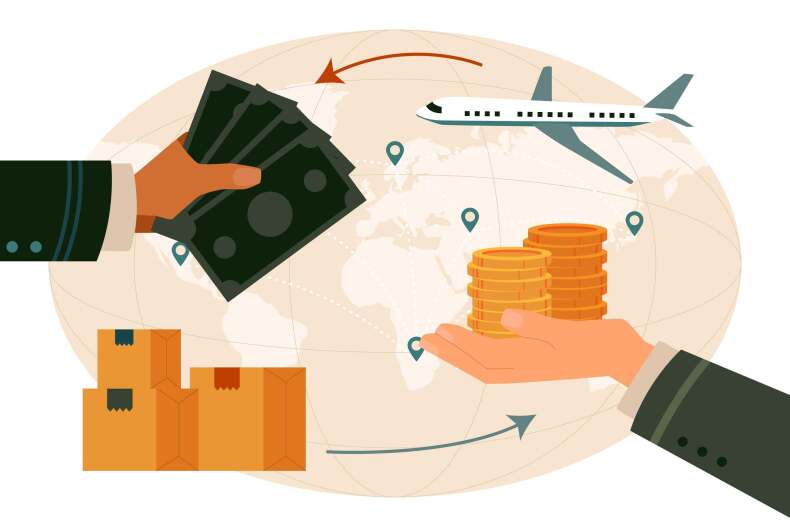Import of medical equipment
Table of Contents
The import of medical equipment involves purchasing and bringing medical devices and tools from other countries into the country. These equipment can include medical imaging devices, surgical tools, laboratory equipment, and other medical devices. The role and importance of importing medical equipment in meeting healthcare needs and improving the quality of medical services are undeniable.
The Process of Importing Medical Equipment
The process of importing medical equipment involves several steps. First, the order for the required equipment must be registered. Then, the customs clearance process is carried out, which includes reviewing documents and paying the relevant fees. After customs clearance, the imported equipment must undergo quality control to ensure its accuracy and safety. These processes must be conducted with precision and under strict supervision to ensure that the imported equipment performs optimally.
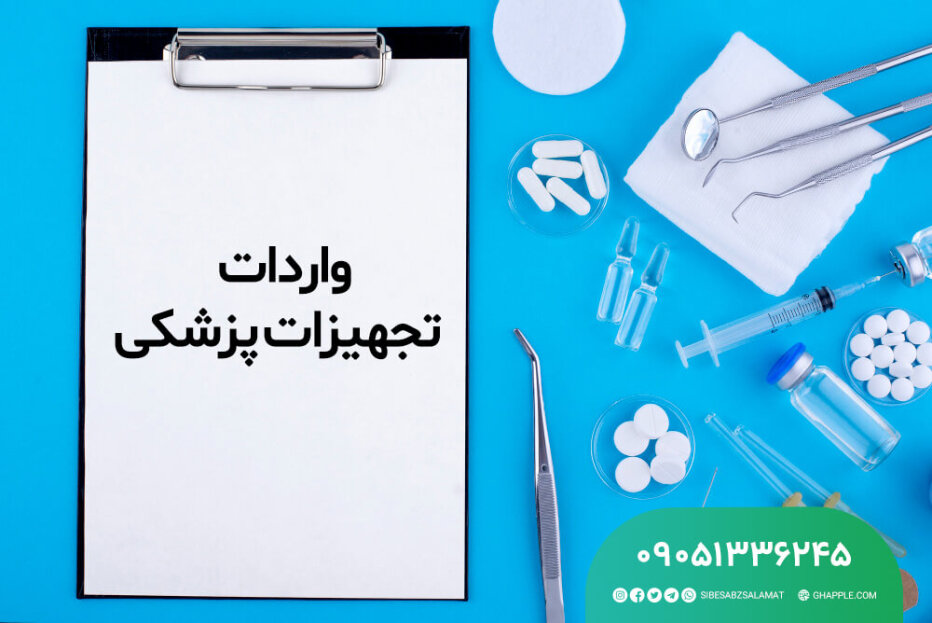
Stages of Importing Medical Equipment
The new stages in importing medical equipment reflect a greater focus on the quality and safety of imported equipment. An increase in the import of advanced equipment and attention to developing new markets are other trends in this field. Additionally, collaboration with reputable suppliers and the use of modern technologies to improve the import process are among the new trends in this area.
Registering Representation
Product Registration
Issuing IRC Code
Order Registration and Currency Allocation
Customs Clearance
Explanations and comprehensive training on obtaining all these stages are provided in detail in the links above.

Documents Required for Importing Medical Equipment
- Letter of Representation from the Company
- Establishment Notice
- Commercial Card
- Technical File
- European Union CE Certification
- U.S. FDA Certification
- Quality Management System Certificate from Reputable Centers (ISO 13485)
- Proforma Invoice (from the Foreign Company)
- Trade System Registration
- Obtaining Scientific and Expert Opinions from Medical Sciences Universities

Challenges and Issues of Importing Medical Equipment
The import of medical equipment faces numerous challenges and issues. One of the most significant problems is customs-related issues and the high costs of importation. Additionally, concerns regarding the quality and authenticity of the imported equipment pose further challenges in this process. To address these challenges, importing companies should focus on collaborating with reputable suppliers and utilizing legal and specialized consultants.
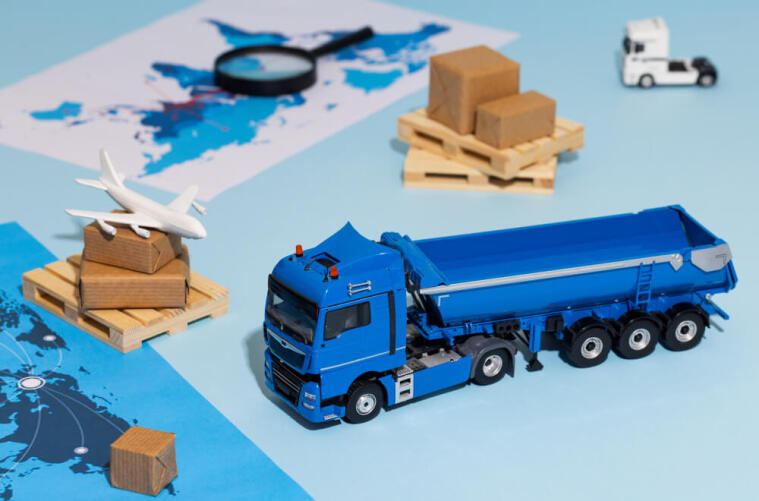
Clearance of Medical Equipment
The clearance of medical equipment refers to the process of releasing medical goods from customs after their arrival in the country. These equipment include surgical tools, diagnostic devices such as MRI and CT scanners, laboratory equipment, and medical consumables like syringes and bandages. This process is conducted under the strict supervision of customs authorities and the Ministry of Health to ensure that the imported equipment meets the required standards.
Stages of Medical Equipment Clearance
- Obtaining Necessary Permits from the Ministry of Health: Before starting the clearance process, importers must obtain an import permit for medical equipment from the General Directorate of Medical Equipment at the Ministry of Health. This permit ensures that the imported equipment is safe and compliant with international standards.
- Order Registration and Obtaining IRC Code: For clearance, medical equipment must be registered in the Ministry of Industry, Mine, and Trade's order registration system. The IRC code (Medical Equipment Registration Identifier) is essential for each product and plays a key role in identifying and tracking the equipment.
- Preparation of Customs Documents: Required documents include the commercial invoice, bill of lading, certificate of origin, and packing list. These documents must be provided accurately and completely to avoid delays in the clearance process.
- Customs Declaration and Payment of Duties: After submitting the documents, the customs declaration is completed, and customs duties and value-added tax are paid. The duty rate for medical equipment is generally lower than for other goods, but it may vary depending on the type of equipment.
- Inspection and Standards Compliance: Customs and the Ministry of Health inspect the equipment to ensure compliance with standards. This stage includes physical inspection and review of technical documents.
- Issuance of Clearance Permit: Upon final approval, a clearance permit is issued, and the equipment is released from customs.
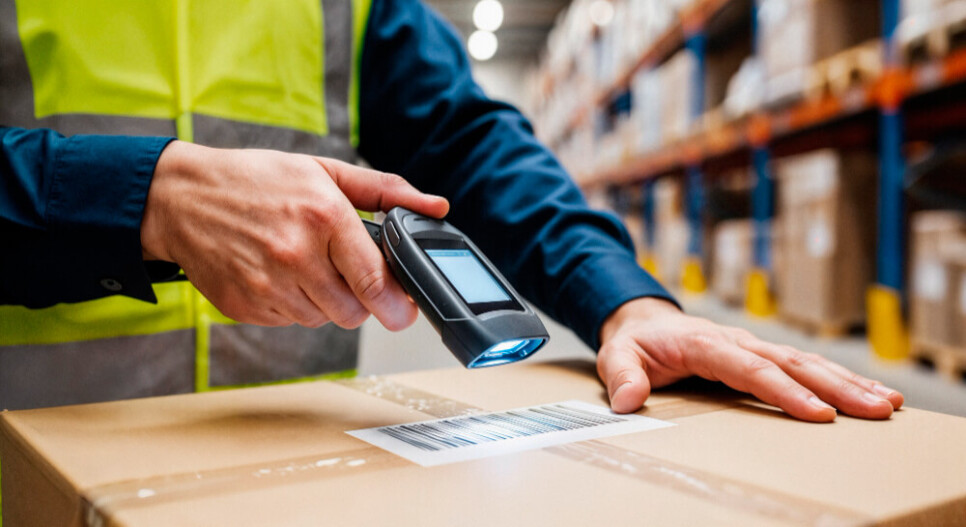
What Medical Equipment is Permitted for Import into Iran?
The import of medical equipment into Iran is regulated under the supervision of the Food and Drug Organization and the Ministry of Health. Some of the medical equipment permitted for import into Iran include:
Diagnostic and Therapeutic Equipment: MRI machines, CT scanners, ultrasound devices, cardiovascular equipment, patient monitoring systems, and other diagnostic and therapeutic devices.
Surgical Equipment: General and specialized surgical tools such as endoscopes, laparoscopy devices, electrosurgical units, and laser surgery equipment.
Laboratory Equipment: Medical testing and diagnostic laboratory equipment, including hematology, biochemistry, microbiology, and immunology devices.
Dental Equipment: Dental radiography devices, oral and dental surgical tools, and other related equipment.
Orthopedic and Physiotherapy Equipment: Orthopedic implants, prosthetics, rehabilitation, and physiotherapy devices.
Hospital Equipment: Hospital beds, oxygen concentrators, ventilators, and other intensive care equipment.
Additionally, some equipment may face import restrictions due to international sanctions.
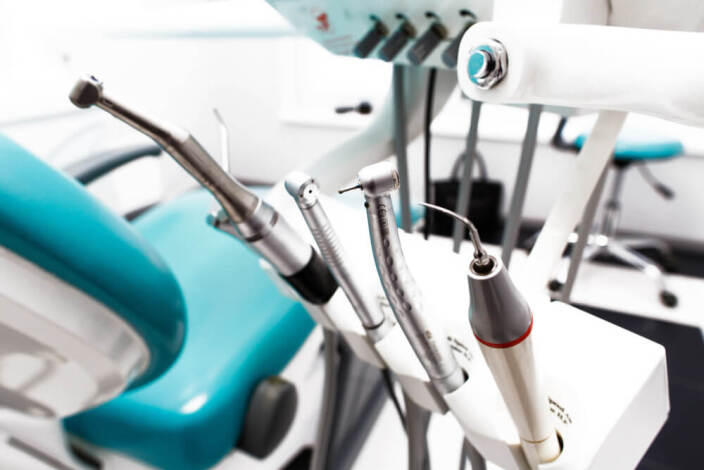
Importing Medical Equipment from China
Importing medical equipment from China is an attractive option for Iranian traders and merchants due to its high quality, competitive pricing, and wide variety of products. As one of the world’s largest manufacturers of medical equipment, China plays a significant role in meeting the medical needs of various countries, including Iran.
Why is China Suitable for Importing Medical Equipment?
China has secured a prominent position in the production of medical equipment due to its advanced industrial infrastructure, affordable labor, and up-to-date technologies. The main reasons for choosing China for imports include:
Product Variety: China produces a wide range of medical equipment, including imaging devices (MRI, CT scans), surgical tools, laboratory equipment, and consumables such as syringes and masks.
Cost-Effectiveness: Low production costs in China allow medical equipment to be offered at competitive prices.
Standard Quality: Many Chinese products hold international certifications such as CE and ISO, indicating compliance with global standards.
Growing Medical Market: China is the world’s second-largest medical equipment market, with double-digit growth in recent years, enabling it to meet global demands effectively.
Stages of Importing Medical Equipment from China
Research and Product Selection Begin by analyzing the needs of the Iranian market and selecting products with high demand. Surgical tools, laboratory equipment, and diagnostic devices are among the popular choices.
Finding a Reliable Supplier Platforms like Alibaba and Made-in-China are useful resources for identifying Chinese manufacturers and suppliers. Ensure the supplier has the necessary certifications and a reputable track record.
Obtaining Required Permits Importing medical equipment to Iran requires obtaining a permit from the General Directorate of Medical Equipment at the Ministry of Health. Additionally, registering the order in Iran’s Comprehensive Trade System and obtaining an IRC code (Medical Equipment Registration Identifier) is mandatory.
Preparing Customs Documents Required documents include the commercial invoice, bill of lading, certificate of origin, and packing list. These documents must be accurate and complete to avoid delays in clearance.
Transportation and Customs Clearance The choice of transportation method (sea, air, or land) depends on the type of equipment and delivery urgency. Upon arrival at Iranian customs, the clearance process is completed by submitting documents and paying customs duties.
Quality and Standards Control Imported medical equipment must be inspected by the General Directorate of Medical Equipment to ensure compliance with health and safety standards.
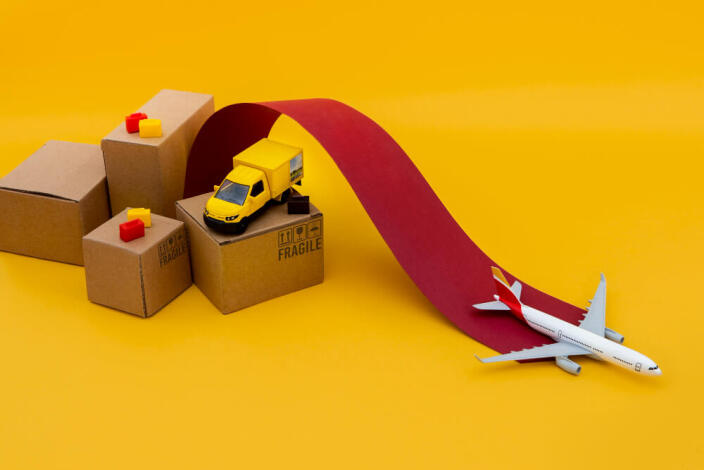
Capital Required for Importing Medical Equipment
The capital required for importing medical equipment depends on several factors, with the most significant ones being:
Type of Equipment: Medical equipment varies widely, ranging from advanced devices like MRI and CT scanners to simpler items such as surgical tools or medical consumables. The capital needed varies based on the type and complexity of the equipment. More sophisticated equipment typically incurs higher purchase and transportation costs.
Import Volume: The quantity and scale of the medical equipment being imported also affect the required capital. Importing in bulk may lead to discounts but requires a larger initial investment.
Customs Duties and Taxes: Importing medical equipment involves customs duties and value-added tax, which vary depending on the type of product. These costs must be factored into the capital calculations.
Transportation Costs: Depending on the origin, transportation costs (air or sea) can vary. Medical equipment often requires safe and expedited shipping due to its sensitivity, which increases costs.
Permits and Certifications: Obtaining permits from the Food and Drug Organization is mandatory for importing medical equipment. Costs related to issuing permits and obtaining standard certifications should also be considered.
Currency Fluctuations: Since imports are sourced from various countries, exchange rates and their fluctuations can significantly impact the required capital.
In general, the capital needed for importing medical equipment can range from several hundred million toman to several billion toman, depending on the type and quantity of the equipment.
